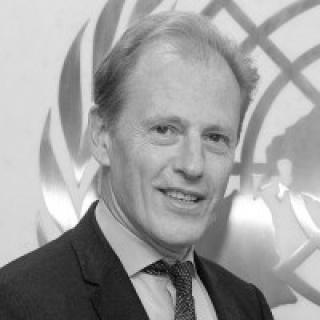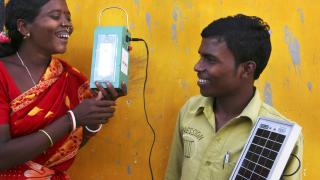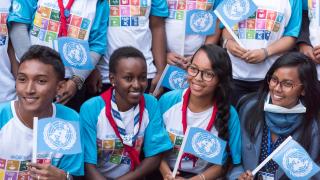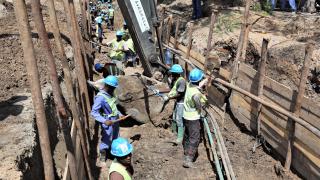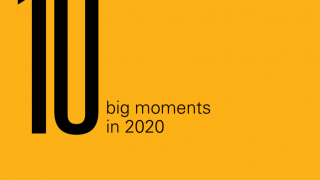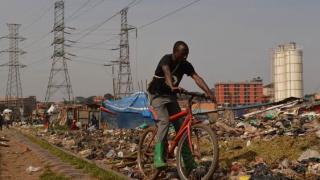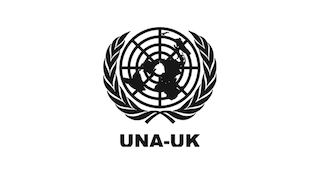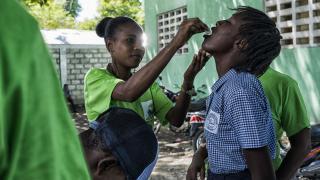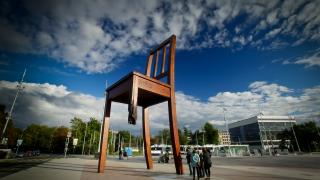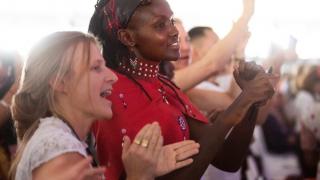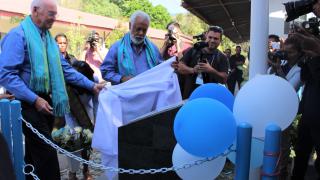
In November 2012, an independent review, commissioned by then-Secretary-General Ban Ki Moon, issued a highly critical report. The subject was the UN’s role during the final stages (September 2008 to May 2009) of Sri Lanka’s internal armed conflict. The review’s core finding was that there had been a “systemic” failure of UN action - that is: a failure across the UN’s three pillars of peace and security, development and human rights; failure of analysis, operations and political engagement.
The report said that the UN had been fragmented in its approach and did not rally around the core risks or adequately seek political support from Member States. The Secretary-General instructed that there be a follow-up process to turn the report’s recommendations into actions to improve UN action worldwide. The result, at the end of 2013, was “Human Rights up Front”.
Human Rights up Front is largely about prevention and getting the UN to use its full capacity – across all of its offices, and not only the human rights ones - to ensure situations do not deteriorate to crises where people, and sometimes States themselves, are at great risk. In the worst such cases we see mass atrocities and genocide.
The initiative sought to bring about a cultural change to help UN staff bring their many mandates to address complex problems in ways that protect people’s rights, and to encourage people to speak out when they see dangerous warning signs. It included internal reforms to translate the cultural change into action. And it also launched an effort to work better with Member States to obtain their support both for the initiative as a whole and for a new UN approach to worsening situations that would integrate human rights with development and political action.
Beginning in 2014, the UN engaged in a major effort to implement Human Rights up Front. The Secretary-General asked the heads of every UN department and the UN’s senior representatives in over 130 countries to implement Human Rights up Front under their auspices. He wrote an inspirational letter addressed to every single UN staff member asking them to reach for a higher standard in their actions, and an online training programme was taken by 16,000 staff.
Human Rights up Front sought to tell every staff that they had a role and a responsibility to implement the UN Charter’s principles. Performance assessment measures for senior staff were changed to reflect Human Rights up Front and prevention.
A new mechanism – the Regional Monthly Review – united senior staff from different entities to lead analysis and strategy on prevention in each region. It sought to merge the UN’s three pillars and to approach problems from the perspective of what Peoples and States really needed from the UN as a whole, rather than what individual UN entities had to offer. In other innovations, Human Rights up Front made a commitment to back up staff who took a stand on human rights issues.
Dozens of briefings on Human Rights up Front to representatives of governments from all regions, including at the UN General Assembly, were well received and elicited unusually strong support for its human rights and prevention focus. A new mechanism was established for briefing Security Council members far earlier on situations where preventive action may be needed.
One of the unexpected things to emerge as we implemented Human Rights up Front was that it became a measure of UN action. In strategy meetings staff would ask “Have we met the Human Rights up Front standard?” Perhaps our best indication of progress was receiving messages from staff across the UN system and across the world saying that Human Rights up Front reminded them of why they joined the UN and that it gave them hope that the Organization would indeed fulfil the aspirations of the UN Charter.
As with any initiative, Human Rights up Front’s implementation faced the challenges inherent to introducing changes within a large organization. Nevertheless, it has been sustained since 2014 and the current Secretary-General, Antonio Guterres, has updated it, including through a renewed focus on cultural change.
A 2019 external review of the initiative by the Universal Rights Group is very supportive of Human Rights up Front, while also being critical of the degree of implementation by the UN. Referring to gross and systematic human rights violations in Myanmar, the report notes that “Central to [the UN] failure were structural and systemic obstacles that HRuF, if properly implemented, could have overcome.” The report also regretted that the updated version of the initiative does not give enough emphasis to the engagement with governments that is so crucial to generating the political support for UN action and which makes all the difference for success or failure.
As we look ahead, peace and security, development and human rights are today inextricably linked with issues as diverse as youth unemployment, desertification, migration, discrimination, hate speech, and urban overcrowding, the lack of fresh water, and counter-terrorism.
Climate change will greatly exacerbate all of these problems. Solutions to domestic problems within one country can now increasingly only be delivered through multilateral efforts. The UN’s greatest added value today is using its operational ability to bring multiple mandates to bear on these complex interlinked problems, using its political stature and universality to leverage change, and using its culture to offer solutions to the human rights issues at the heart of global crises. Human rights up Front was designed precisely to bring these UN attributes to the fore.
At a time when the world’s problems are intensifying, requiring a fully global response, the world clearly needs the UN more than ever. Having served in the Organization for over 30 years, it’s clear to me that if the UN is to have a real chance of resolving those problems it needs the ethos of the Human Rights up Front approach at its core.
Photo: Sculpture in Geneva, home of the UN's human rights system © UN Photo

